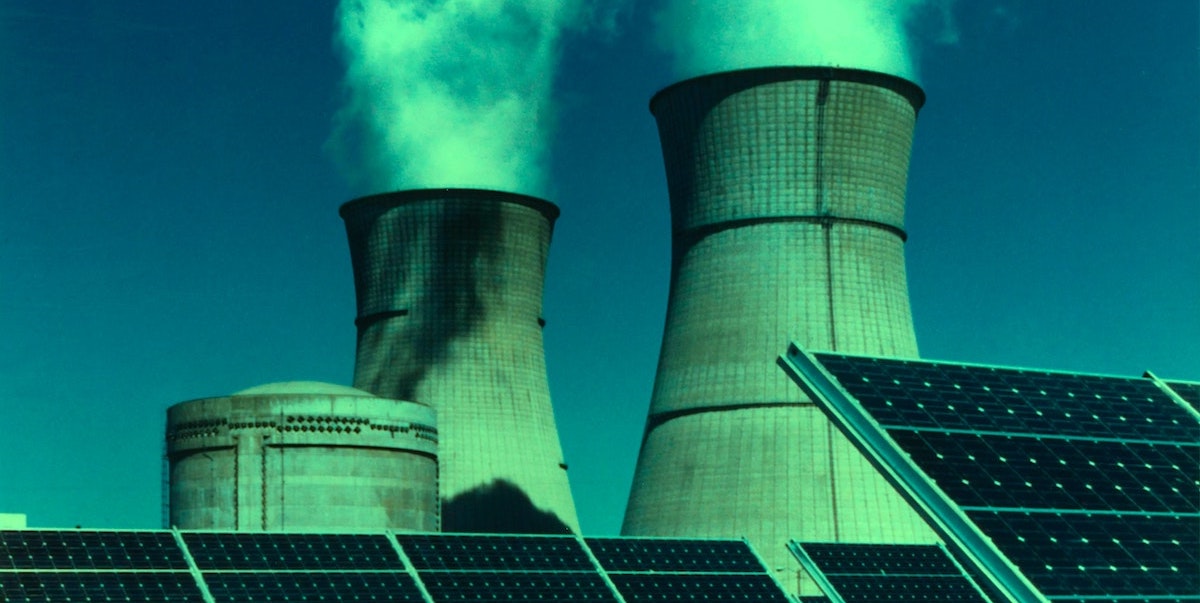The year 2021 is crucial in defining the pathways to the ambitious targets set for the sector. The year also marks the beginning of the fourth decade of electricity reforms since the sector was opened to private investment in 1991. How COVID-19 might impact India’s renewable energy transition ?
Indian energy sector post COVID-19
India’s energy sector has shown surprising resilience in the face of the COVID-19 pandemic with supplies holding up admirably despite the global turmoil in financial and commodity markets. From oil wells and mines to nozzles and burner tips, the energy supply chain has remained steady. This, however, has come at a cost. Energy demand has dipped sharply as nearly one-third of the global population stayed indoors. Supply, which was already surpassing requirements and thereby putting pressure on prices, has now been deeply impacted by the demand fall-off. Brent crude, the relevant marker oil prices for India and the region, is at a twenty-year low. Across the world, supertanker ships are serving as floating storage. While the electricity sector has been largely insulated from oil price fluctuations, the sudden dip in revenue and cash collections have left most Indian energy companies financially imperilled.
India has made progressive strides in combating the COVID-19 outbreak but the crisis has also tested our institutional readiness and financial resourcefulness to tackle such exigencies. Unfortunately, the economic stability of most public-owned enterprises is precarious despite the magnitude of their assets and operations. State-owned utilities are particularly cash-strapped and primarily reliant on government support/subsidies to manage day-to-day operations. Here, it is important that state governments focus on the need for state-owned utilities to become financially self-sustainable. A vital lesson from the crisis has been to limit such chronic fiscal support and free up resources for serving citizens in other emergent areas.
Energy companies also need to emerge from this crisis with a resolve to innovate and upgrade their technological prowess. Whether it is forecasting demand in the midst of volatility, managing supply chains, collecting dues efficiently, managing and maintaining critical assets or responding to rapidly evolving ground situations, all these aspects of day-to-day operations should incorporate the latest technological tools. By adapting these tools to daily operations, energy companies will be able to enhance their performance as well as their capability to react and respond.
Finally, there is the question of ownership. Public ownership of energy companies exposes them to political sensitivities with the state playing multiple roles as owner, operator and regulator. While there have been initiatives to disengage the state from the operations of these companies, such moves have been ad hoc and ineffective. The lack of independence and flexibility is particularly damaging to institutions in a crisis situation, such as the one we find ourselves in today. In summary, energy companies in India have powered through COVID-19 relatively unscathed and should look forward to a revival by discarding the shackles that constrain resurgence, growth and innovation in the sector.



